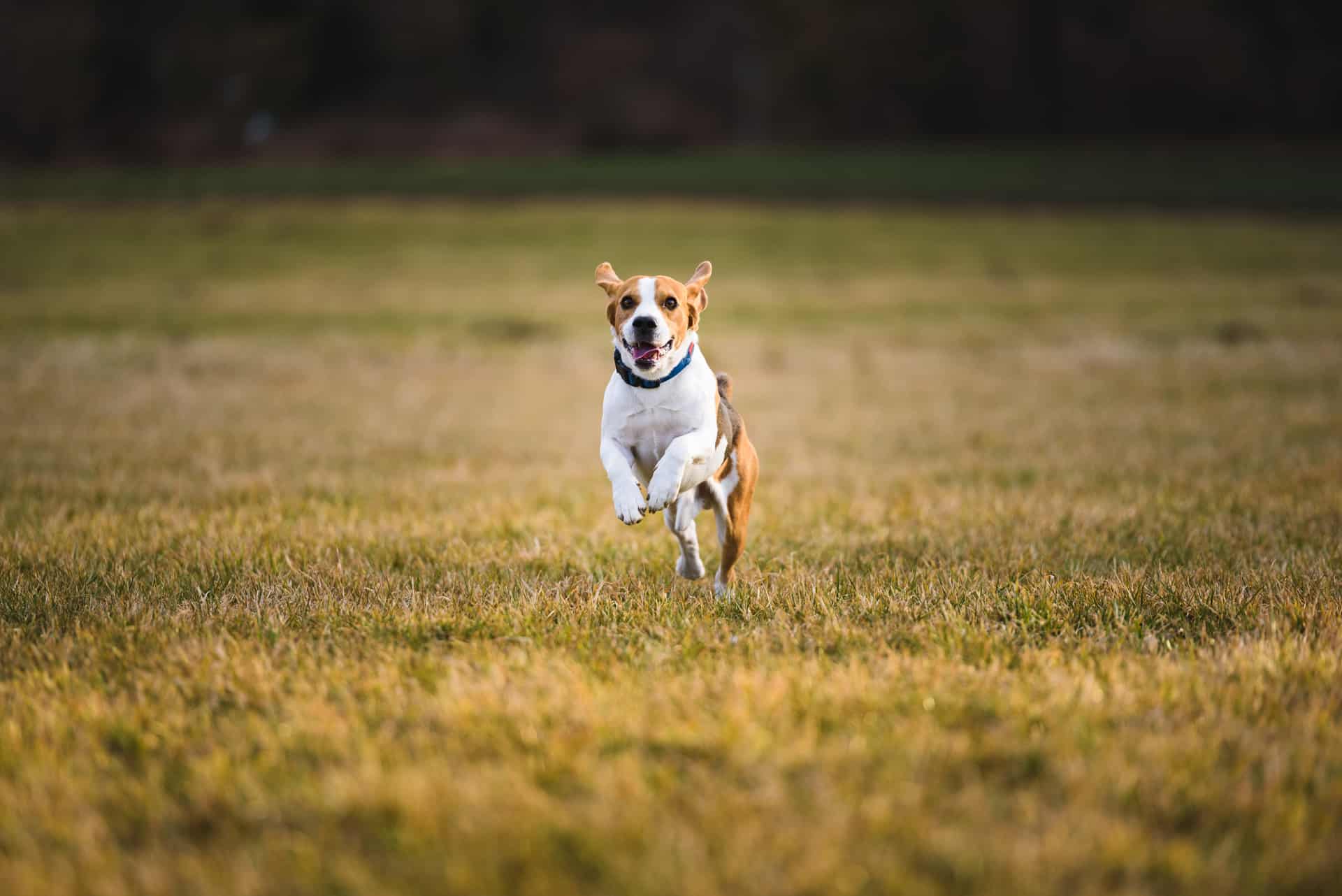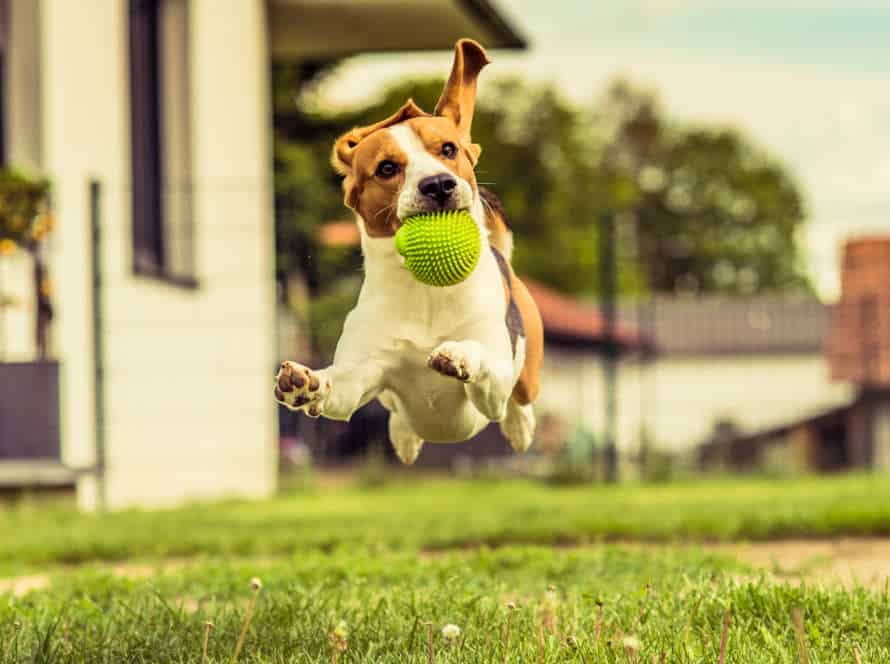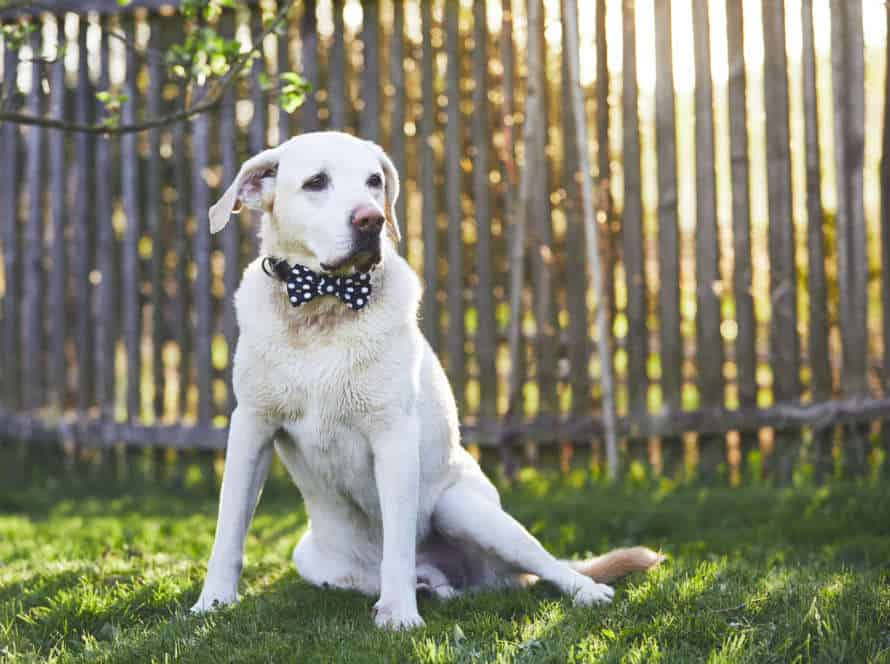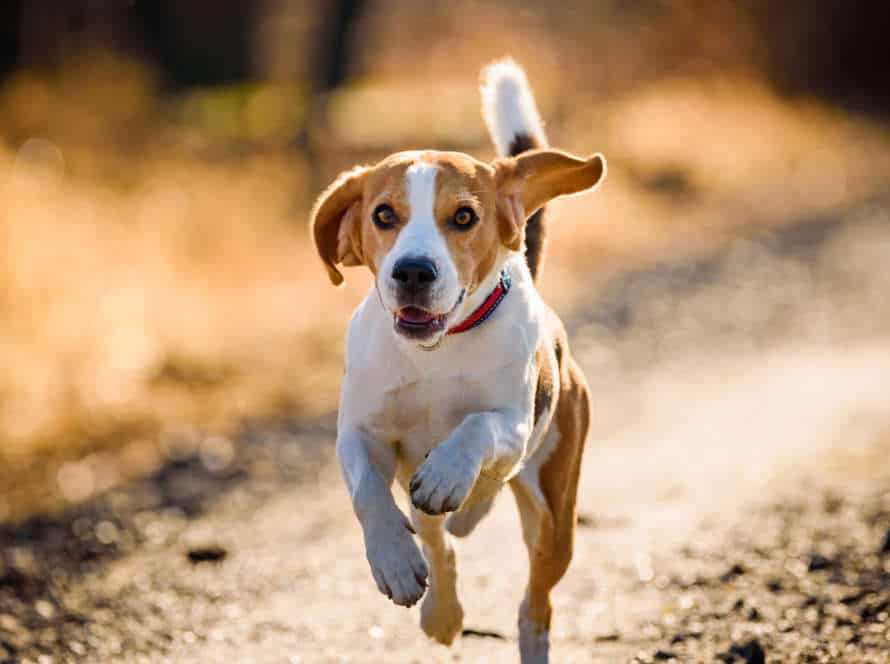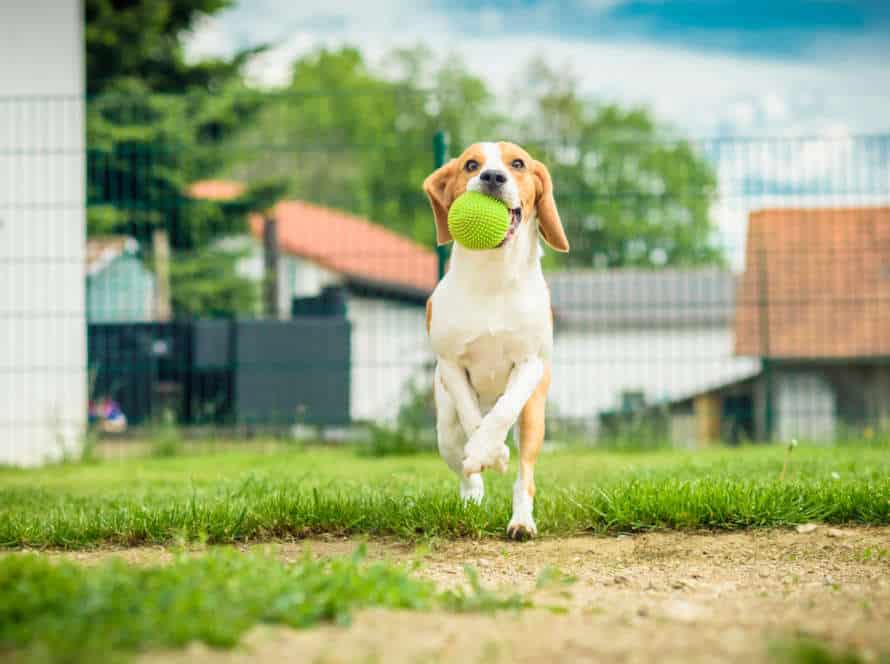How to Teach Your Dog to Sit Instead of Jump
If your pup jumps when greeting you or visitors, you should teach them a better behavior. Like sitting! Here’s how:
- Start by standing in front of your pup with a treat. Show it to your pup, and then slowly lift it above their head.
- Your pup will look up and their bottom will naturally lower into a sitting position.
- Once they’re sitting, give them the treat and praise them.
- Do this several times. As they learn, add a verbal cue like “sit” or “down“.
Pro tip: Consistency is key when teaching your pup anything. Practice regularly and be patient.
Understanding your dog’s behavior
Teaching your pup to sit instead of jump can be a difficult task. It takes patience, understanding and lots of practice. To modify the jumping behaviour, you must first understand why your pooch is jumping in the first place. What motivates them? Knowing this can help you teach your dog the behaviour you want.
Why do dogs jump?
Dogs jump for a few reasons. Greeting owners, playing, seeking attention… all of these can be problematic if the jumping is directed at guests or strangers. Fortunately, teaching the “sit” command can help!
Why do dogs jump? Firstly, they have an instinct to get close to their owners or to get attention. Secondly, they jump to play or to show excitement. Lastly, to establish dominance, which is more common in untrained dogs.
To stop jumping habits, the “sit” command is a great help. Train your dog to sit and give treats and praise when they do it. This teaches them to follow commands, and with time builds positive discipline. Also, don’t give attention to your pup when they are jumping. This will discourage the habit.
Why is it important to teach your dog to sit instead of jump?
Train your pup to sit instead of jumping! It’s essential, since it helps you and your pooch communicate better. Plus, it’s safer. Jumping can be dangerous – especially if your pooch is large. They could knock someone over or hurt themselves.
So, teaching them to sit is a great way to create an appropriate greeting. Here’s how:
- Place a treat near your pup’s nose and move it up slowly.
- As their head follows the treat, their butt will go down on its own.
- Give them the treat once they’re seated.
- Gradually reduce using treats until your pup responds without needing them.
Be sure to use positive reinforcement, patience, and consistency when training your pup.
Understanding body language cues in dogs
Dogs use body language to communicate. It’s important to know what the signs mean. Here are some to watch out for:
- Tail wagging: Not always happy. High and stiff – alert. Low or tucked – scared/anxious.
- Ears: Perked or forward – excited/curious. Flat or pinned back – submissive/scared/angry.
- Eye contact: Direct eye contact can be seen as a challenge. Staring – attempting to dominate.
- Mouth: Open and relaxed – happy/content. Closed tightly – stress/aggression.
Understand these cues to better communicate with your dog. Use this knowledge: Instead of pushing them away, teach them to sit. Offer a treat as a reward for good behavior.
Training your dog to sit instead of jump
Teaching your pup to sit is an important part of responsible dog ownership. It’s one of the most basic commands you can give them. No matter the age of your dog, it’s never too late to start teaching them. This article will go over the basics of training your pup to sit instead of jump.
Using positive reinforcement to teach your dog
Positive reinforcement is an effective way to teach dogs new behaviors, such as sitting instead of jumping up on people. Here’s how:
- Ask your dog to “sit” while on a leash or with a helper holding them.
- As soon as they sit, reward with a treat and praise like “good job!”
- If they jump up, turn away and ignore until they calm.
- Praise and reward whenever they sit instead of jumping.
- Be consistent with positive reinforcement and patient as the behavior takes time and practice to become a habit. With repetition, your pup will learn to sit instead of jump.
Choosing an appropriate reward for your dog
Choosing a reward for your pup can help with good behaviour & learning during training. Here are some examples:
- Treats: Small pieces of cheese & chicken are great rewards.
- Toys: Pick safe, strong toys that won’t be a choking hazard.
- Praise: Dogs love positive reinforcement. Use a cheerful tone of voice, a pat, or affection. Pro tip: Avoid punishments or fear techniques – these can have bad effects and make your pup lose trust in you.
Reducing the chance of reinforcement for jumping
Dogs have a natural urge to jump, but it can be quite bothersome when they do it too much, especially with guests. Teaching your pup to sit when they want to jump is an easy yet effective way to stop them from getting rewarded for jumping. Here’s how:
- Find someone that your dog loves, yet still tends to jump on.
- Have them ignore your pup until they are calm.
- Give the command to “sit” and give them a treat & praise when they obey.
- Get them to focus on something they like to do, while sitting.
- Practice this with other people to solidify the behavior.
Consistency is key to make sure your dog learns the right habits.
Consistency is key
Consistency is vital when training your pup to sit, not jump. This will reinforce the behavior you want and create a regular routine. To ensure consistency, here are some tips:
- Have a consistent command like “Sit” or “Stay“.
- Always use the same command when asking your pup to sit.
- Consistently reward your pup with treats, praise, or pets when they sit, not jump.
- Discipline them firmly every time they jump with a “No” or “Down” command.
- All family members should follow the same training to avoid confusion.
Consistency won’t just help teach good behaviour, but it’ll also help build your bond with your furry friend!
Alternative methods to teach your dog to sit
Dog owners understand how annoying it gets when their doggo jumps on guests and themselves. To tackle this issue, there are other ways to show your pooch to sit instead of jump. These techniques aid both puppies and adult dogs to learn good manners. Let’s look at a few of these techniques in more detail.
Capturing the behavior
Turning sitting into a habit instead of jumping is a great way to train your pup. Here’s how to do it:
- Have a bag of your pooch’s favorite snacks close by.
- Give them a treat and say nice things the instant they sit instead of jump.
- Do this constantly each time they sit instead of jump.
Reinforcing sitting will make your dog link it with good stuff and make them more likely to sit in the future. Consistency and patience are important when teaching them new behaviors. Bonus tip: Reward the things you want to see more of, and always use positive reinforcement methods.
Shaping the behavior
It’s key to shape your pup’s behaviour. Like, to prevent them from jumping and show them to sit. In addition to regular training methods, there’re alternative techniques to teach your pooch to sit without jumping.
Here’re a few different approaches:
- Capture: Wait for your doggie to sit. Then, reward them with a pat, a treat, or love. Keep repeating this until they sit on command.
- Lure: Use a treat or toy to entice them into a sitting position. Command them verbally, and then offer the treat or toy.
- Shape: Reward them for small steps to sitting, like bending their legs or lowering their body. Increase the criteria until they’re fully sitting.
Be patient, consistent, and use positive reinforcement. It’ll help you shape their behaviour and build a strong bond.
Luring the behavior
Luring can be a good way to train your pup to sit. Try it as an alternative to making them jump. Here’s how:
- Hold a treat close to their nose.
- Move it back above their head.
- As their nose follows the treat, their rear should lower. That’s when you say “sit” and give them the treat.
- Repeat the process, using less and less movement each time, until they respond to the verbal command only.
Luring helps your dog learn through association. It’s softer than using physical force.
Pro tip: Stay patient and use rewards for good behavior. Consistency is the key to success.
Addressing problem behaviors
Frustrating and uncomfortable, jumping can be an unwanted behavior in dogs. To teach your pup to sit instead, use positive reinforcement! This article gives you different methods plus tips for dealing with problem behaviors.
Dogs who continue to jump
Jumping is an issue which canines often do, and it can be both troublesome and mortifying for owners. Teaching your pooch to “sit” instead of jumping can help with this problem behavior.
Let’s see how to teach your pup to sit instead of jumping:
- Stand before your pup while you are holding some treat.
- Say “sit” in a loud, firm voice when your pup draws near.
- If they jump up, take away your attention and ignore them until they relax.
- Give them the treat and praise them when they sit.
- Do this process repeatedly, slowly increasing distractions around your pup until they learn to sit instead of jumping up.
Pro tip: Positive reinforcement like treats and compliments work best for training dogs to switch bad behaviors with desirable ones. Consistency, patience, and perseverance are key to secure lasting results.
Overcoming distractions
Identifying the cause of distractions is the first step. Address the problem behavior once you have it figured out. If your dog jumps on you or others, teach them to sit instead.
Hold a treat close to their nose, then slowly move it up. As they follow it, their butt will lower into a sit position. Give the treat and praise.
Do this multiple times a day. Reduce using the treat and replace it with cues like “sit“.
Practice in a quiet area with no distractions. Gradually add distractions as they improve. Exercise and mental stimulation can reduce destructive distractions.
Dogs who show aggression
Aggression in dogs can take many forms. These include biting, growling, barking, lunging, snarling, and snapping. Such behaviour can be hostile and risky. Professional help may be necessary. As a pet owner, you need to identify the cause of your dog’s aggression.
A way to manage aggression is training your dog in basic commands, like “sit”, “stay”, and “come”. When a dog gets aggressive, teaching them to “sit” instead of jumping can help them relax. This is done by repeatedly teaching the “sit” command. Rewards for good behaviour and ignoring bad behaviour is important.
An experienced trainer can help pet owners tackle behavioural issues. They can also train dogs to act well instead of badly. Remember, dogs are smart and can be trained. With love, care, and positive reinforcement, they can learn better behaviour in place of bad behaviour.
Preemptive measures to prevent jumping
Before your pup meets someone, teach them not to jump on people. Take preventive action to make sure your pup knows the proper behaviour before they meet someone they are excited about. Set limits and show your dog that jumping is not okay. Let us talk about the best ways to stop your pup from jumping before it gets out of hand.
Training your dog from a young age
Training your pup from an early age is very important to stop undesirable behaviours, like jumping. Here’s how to teach your pooch to sit instead of jump:
- Start by teaching your pup the “sit” command using positive reinforcement.
- After your pup has learned to sit at command, incorporate the “sit” command into everyday tasks when your pup would normally jump, e.g. when seeing you or others.
- When your pup starts to jump, calmly say “sit” and encourage them to sit with a treat or physical help if needed.
- Praise and reward your pup for sitting instead of jumping.
- Be consistent! Always reinforce the “sit” command when your pup jumps.
By adhering to these preemptive measures, you can stop jumping behaviours from becoming a habit and rather teach your pup positive behaviour.
Setting up your home to discourage jumping
Jumping can be a problem for many pet owners, however taking preventive steps can help. How to set up your home and train your dog to sit instead?
- Establish clear boundaries – let your pup know where jumping is and is not allowed.
- Say no firmly and use a commanding voice to correct any jumping behaviour. Avoid physical punishment and be positive.
- Teach the “sit” command from a young age and give a reward for following through.
- Ask visitors to keep to the same rules and praise your pup for good behavior.
By setting up a consistent environment and reinforcing good behavior, you can prevent jumping and have a happy home.
Seeking the help of a professional dog trainer if needed.
Training a pup can be tough. To stop behaviors like jumping, it’s often best to get help from a professional. But if you’d rather train on your own, here’s what to do:
- Command “sit” when they try to jump.
- Reward them when they obey.
- Be consistent. Eventually, sitting will become a habit, instead of jumping.
- Praise and reward good behavior, don’t punish them for things they don’t understand.
Pro tip: Dogs love attention. Train them to get attention in better ways. Playtime with toys, or giving treats.
Frequently Asked Questions
1. How can I train my dog to stop jumping on strangers?
You can train your dog to sit instead of jumping by consistently rewarding them every time they sit when greeting people. Start with people your dog is familiar with and gradually work up to strangers. When your dog jumps, turn away and ignore them until they calm down and sit. Then, reward them with a treat or praise.
2. Is it possible to train an older dog to sit instead of jump?
Yes, it’s possible to train an older dog to sit instead of jump. It may take more time and patience, but the principles are the same. Consistency is key, and you should reward your dog every time they sit instead of jumping. Be sure to start with low-distraction situations, such as training in your home, and work your way up to more challenging situations.
3. What kind of rewards should I use to train my dog to sit instead of jump?
You can use a variety of rewards to train your dog, such as treats, praise or petting. Find out which reward your dog responds to best and use that to reinforce their behavior. Be consistent with the type of reward you use and make sure to only give the reward when your dog sits instead of jumping.
4. How long will it take to train my dog to sit instead of jump?
Training time varies depending on the dog’s age and temperament, as well as your consistency and dedication to the training process. Some dogs may pick up on the behavior quickly, while others may take weeks or even months. The key is to be consistent and patient with your training sessions.
5. Is it okay to physically push my dog down when they jump on me?
No, it’s not okay to physically push your dog down when they jump on you. This can cause injury or distress to your dog, and it can also teach them that physical force is an acceptable way to interact with people. Instead, use positive reinforcement training to teach your dog to sit instead of jump.
6. Are there any other behaviors I can train my dog to do instead of jumping?
Yes, there are several alternative behaviors you can train your dog to do instead of jumping. For example, you can train your dog to give you a high-five or paw. These behaviors can still be rewarding and provide your dog with an outlet for their excitement. Just be sure to choose a behavior that is appropriate for your dog’s size and temperament.

